Some Fruits and Veggies Do Better Than Others
I just read a helpful article by Marie Viljoen (who blogs at “66 Square Feet,” teaches at the Brooklyn Botanic Garden, and writes for Edible Brooklyn and Edible Manhattan). I thought you might be interested in this expert’s topic: what fruits and veggies do better than others when left on the counter.
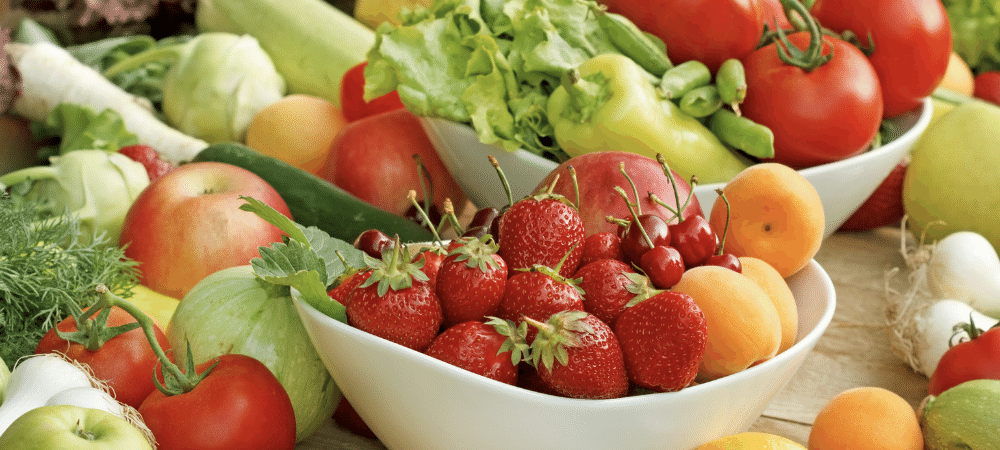
Marie says “There is produce that should be refrigerated at once, but some fruits and vegetables don’t ripen in the cold and are best kept out on the counter, and then chilled. Some vegetables should be kept chilled, while others need to be kept in the airy dark. Simply put, there's a lot of variation, which means it's very helpful to know what goes where, when, and why.” So this said, here is Marie’s primer on how to store fresh produce properly.
But first, a side note: The phrase "on the counter" might literally mean the kitchen counter for you, but it can include other storage areas, like beneath your kitchen island, in a walk-in pantry, in hanging produce baskets, or on an open shelf. In other words, Marie means NOT in the refrigerator and wherever you have room.
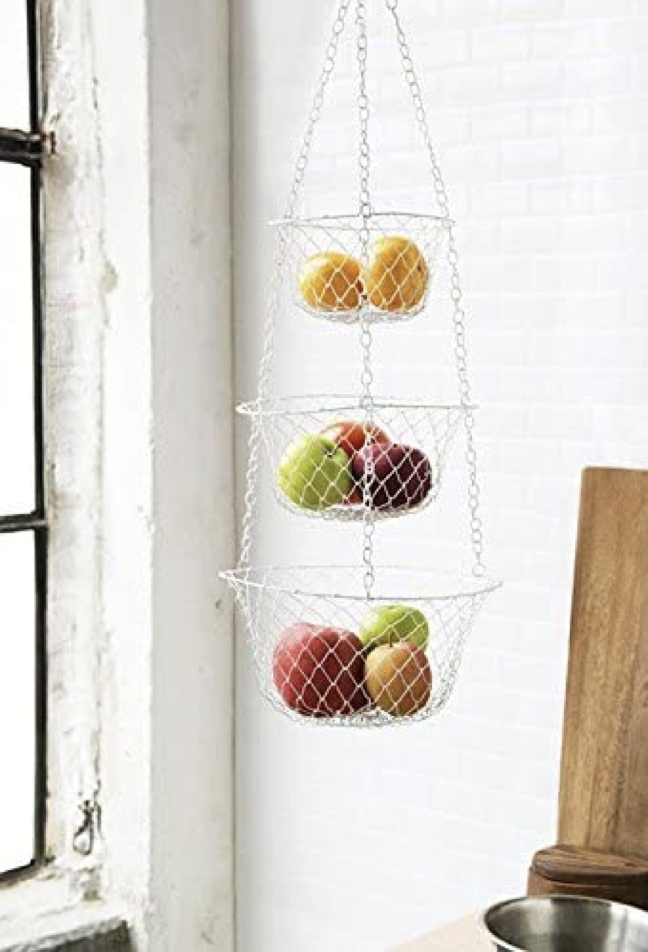
Marie also mentioned some general guidelines for refrigerating produce: For better fridge organization and food preservation, use separate, reusable plastic bags, or lidded plastic containers or lightweight stainless-steel containers (restaurant supply stores are a good source for these).
And avoid combining fruits and vegetables in a single container, as ethylene given off by some fruit (like apples, peaches, and pears) can spoil some vegetables (lettuce and crucifers are especially susceptible).
Certain groups of produce can be stored together: root vegetables with their leaves removed— like beets, radishes, carrots, and turnips—can be combined in a single container. Different citrus fruits can be kept together. Salad leaves can be mixed and sealed in the same container.
Finally, seal some produce tightly, give other types room to breathe: Most vegetables (dry, never wet) can be wrapped or sealed tightly in your container of choice for best storage.
OK, now for fruits that should NOT be stored in the refrigerator: Apricots, Asian pears, avocado, bananas, guava, kiwis, mangoes, melons, nectarines, papayas, passion fruit, pawpaw, peaches, pears, persimmons, pineapples, plantain, plums, starfruit, soursop, and quince will continue to ripen if left out on the counter. HOWEVER, when perfectly ripe, they can be refrigerated for a few days to extend their usefulness a little longer (yes, even bananas: while their skins may blacken the fruit will be unspoiled).
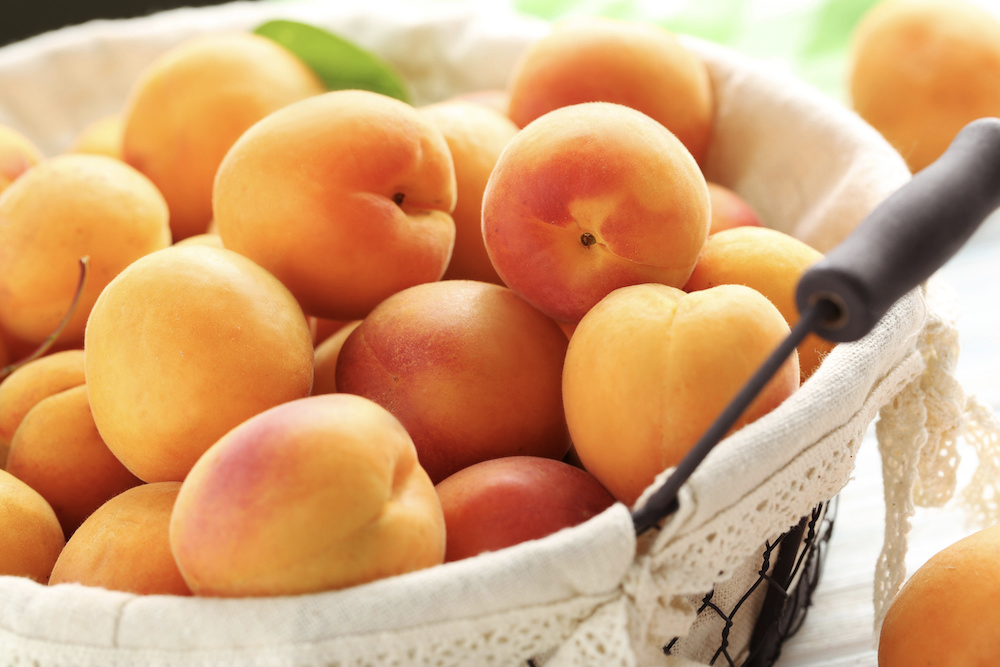
Fruits that SHOULD be stored in the refrigerator: Soft berries—unwashed and in a sealed container (blackberries, blueberries, cranberries, strawberries, raspberries, currants, grapes); apples (if keeping beyond a week and up to a few months); cherries (in an open bowl or container); ripe citrus (in an open container in a produce drawer); figs; longans; lychees; mangosteens; and pomegranates.
Vegetables that should NOT be stored in the refrigerator: Garlic and onions (but not scallions!) still in their skins can stay on the counter, but once peeled or cut, keep them wrapped in the fridge. Store them apart from potatoes, as potatoes emit some ethylene that can cause the onions to sprout.
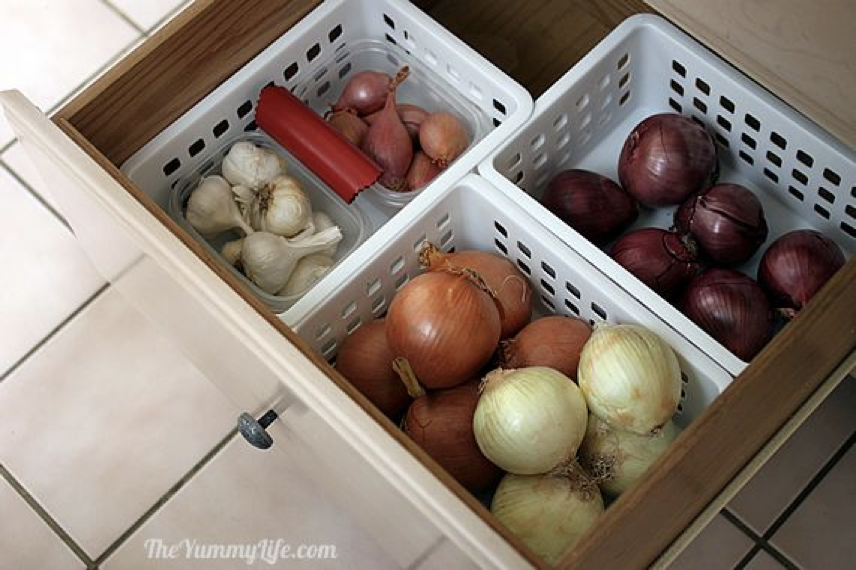
Potatoes, taro, sweet potatoes, and yuca (cassava, manioc) should not be refrigerated. Keep these starchy tubers in a cool, dark, airy space, loosely stacked in a bowl or bins, but not in plastic bags (or moisture will accumulate and will encourage mold and deterioration). Tomatoes (technically a fruit) should be left out on a counter, even when ripe (they will lose flavor when chilled). Winter squash (that is squash with hard shells such as butternut, acorn, delicata, and kabocha) can stay out (on or under the counter—wherever you have room).
And lastly, vegetables that SHOULD be stored in the refrigerator: Artichokes, asparagus, beans (fresh, unshelled), beets, Belgian endive, broccoli, broccolini, Brussels sprouts, cabbage, carrots, cauliflower, celery, chiles, corn, cucumber, eggplant, fennel, herbs, horseradish, jicama, Jerusalem artichoke, kohlrabi.
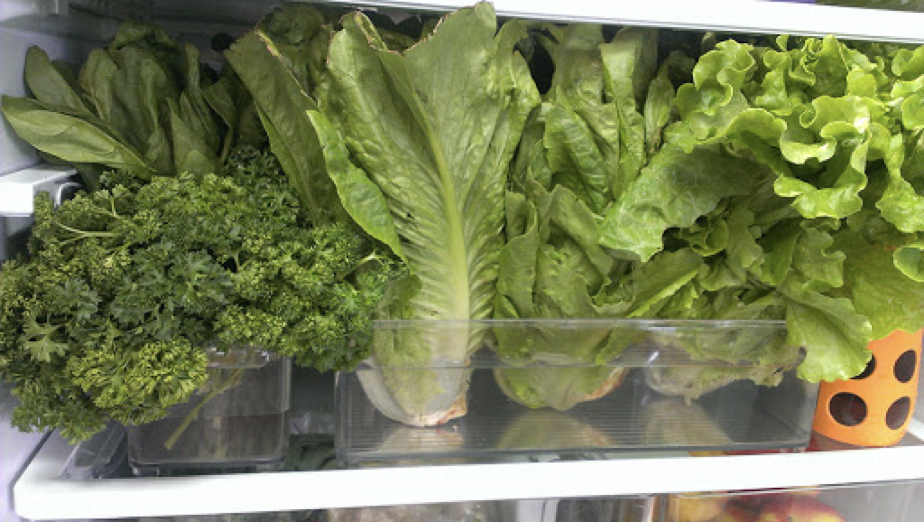
Leafy greens, leeks, mushrooms, nopales (cactus paddles), okra, peas, peppers, purslane, radicchio, radishes, rhubarb, roselle, salad leaves, salsify, scallions, spinach, sprouts, summer squash, tomatillos (in an open container).

Marie says “There is produce that should be refrigerated at once, but some fruits and vegetables don’t ripen in the cold and are best kept out on the counter, and then chilled. Some vegetables should be kept chilled, while others need to be kept in the airy dark. Simply put, there's a lot of variation, which means it's very helpful to know what goes where, when, and why.” So this said, here is Marie’s primer on how to store fresh produce properly.
But first, a side note: The phrase "on the counter" might literally mean the kitchen counter for you, but it can include other storage areas, like beneath your kitchen island, in a walk-in pantry, in hanging produce baskets, or on an open shelf. In other words, Marie means NOT in the refrigerator and wherever you have room.

Marie also mentioned some general guidelines for refrigerating produce: For better fridge organization and food preservation, use separate, reusable plastic bags, or lidded plastic containers or lightweight stainless-steel containers (restaurant supply stores are a good source for these).
And avoid combining fruits and vegetables in a single container, as ethylene given off by some fruit (like apples, peaches, and pears) can spoil some vegetables (lettuce and crucifers are especially susceptible).
Certain groups of produce can be stored together: root vegetables with their leaves removed— like beets, radishes, carrots, and turnips—can be combined in a single container. Different citrus fruits can be kept together. Salad leaves can be mixed and sealed in the same container.
Finally, seal some produce tightly, give other types room to breathe: Most vegetables (dry, never wet) can be wrapped or sealed tightly in your container of choice for best storage.
OK, now for fruits that should NOT be stored in the refrigerator: Apricots, Asian pears, avocado, bananas, guava, kiwis, mangoes, melons, nectarines, papayas, passion fruit, pawpaw, peaches, pears, persimmons, pineapples, plantain, plums, starfruit, soursop, and quince will continue to ripen if left out on the counter. HOWEVER, when perfectly ripe, they can be refrigerated for a few days to extend their usefulness a little longer (yes, even bananas: while their skins may blacken the fruit will be unspoiled).

Fruits that SHOULD be stored in the refrigerator: Soft berries—unwashed and in a sealed container (blackberries, blueberries, cranberries, strawberries, raspberries, currants, grapes); apples (if keeping beyond a week and up to a few months); cherries (in an open bowl or container); ripe citrus (in an open container in a produce drawer); figs; longans; lychees; mangosteens; and pomegranates.
Vegetables that should NOT be stored in the refrigerator: Garlic and onions (but not scallions!) still in their skins can stay on the counter, but once peeled or cut, keep them wrapped in the fridge. Store them apart from potatoes, as potatoes emit some ethylene that can cause the onions to sprout.

Potatoes, taro, sweet potatoes, and yuca (cassava, manioc) should not be refrigerated. Keep these starchy tubers in a cool, dark, airy space, loosely stacked in a bowl or bins, but not in plastic bags (or moisture will accumulate and will encourage mold and deterioration). Tomatoes (technically a fruit) should be left out on a counter, even when ripe (they will lose flavor when chilled). Winter squash (that is squash with hard shells such as butternut, acorn, delicata, and kabocha) can stay out (on or under the counter—wherever you have room).
And lastly, vegetables that SHOULD be stored in the refrigerator: Artichokes, asparagus, beans (fresh, unshelled), beets, Belgian endive, broccoli, broccolini, Brussels sprouts, cabbage, carrots, cauliflower, celery, chiles, corn, cucumber, eggplant, fennel, herbs, horseradish, jicama, Jerusalem artichoke, kohlrabi.

Leafy greens, leeks, mushrooms, nopales (cactus paddles), okra, peas, peppers, purslane, radicchio, radishes, rhubarb, roselle, salad leaves, salsify, scallions, spinach, sprouts, summer squash, tomatillos (in an open container).
Sources:
www.food.unl.edu
www.itwperformancepolymers.com
www.foodsmart.com
www.theyummylife.com
www.robinplotkin.com
 Alice Osborne
Alice Osborne
Weekly Newsletter Contributor since 2006
Email the author! alice@dvo.com
